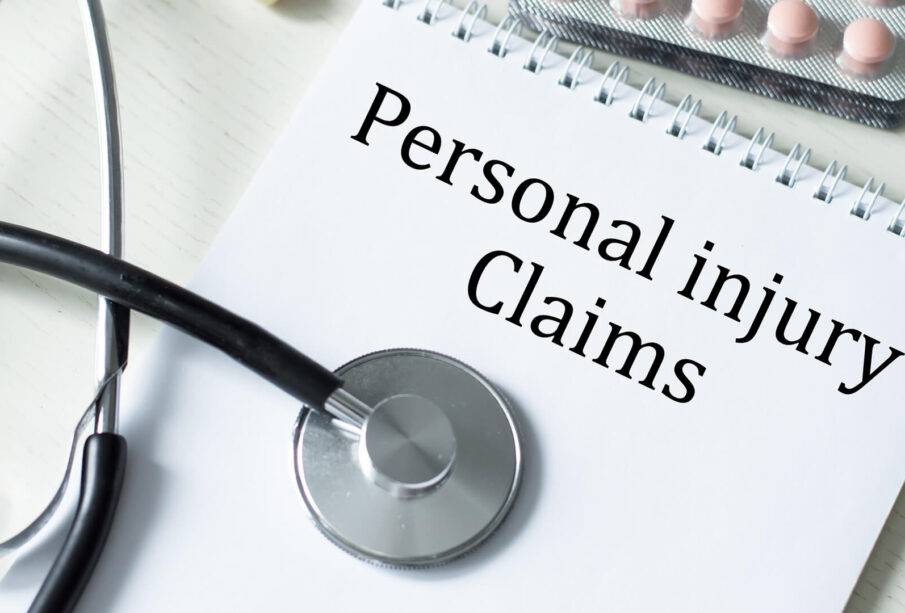How New Vehicle Safety Tech May Impact Personal Injury Claims

In today’s fast-changing world, you face new challenges in vehicle safety and personal injury claims. As automakers introduce advanced safety tech, the landscape of personal injury claims changes. Features like automatic braking and lane departure warnings aim to keep you safer on the road. However, these innovations can also affect how claims are handled. When accidents happen, understanding liability becomes complex. You may wonder how this tech influences who is at fault. A legal attorney can help you navigate these complexities. They offer guidance on how safety features impact your claims. As you move forward, it’s important to stay informed about these changes. Recognize how technology can both protect you and complicate legal processes. This knowledge helps you make informed decisions if you’re involved in an accident. Your safety and rights remain priorities in this evolving environment. Understanding these shifts ensures you’re prepared for any outcome.
Impact of Safety Technology on Liability
Advanced safety systems change who might be held responsible when crashes occur. For instance, if a vehicle’s automatic braking system fails, the manufacturer might bear some responsibility. Understanding how these systems work is key. It’s not always clear if the driver, the manufacturer, or another party is liable. Identifying the responsible party is crucial. This can affect how you file claims and what compensation you might receive.
Common Safety Features
Modern vehicles come equipped with an array of safety features. Here are some examples:
- Automatic Emergency Braking (AEB)
- Lane Departure Warning Systems
- Blind Spot Detection
- Adaptive Cruise Control
- Traction Control Systems
These technologies aim to prevent accidents. However, they also add layers of complexity to personal injury claims. Understanding their function helps clarify potential liabilities.
Data on Safety Technology Effectiveness
To see how effective these technologies are, let’s look at some statistics:
| Feature | Accident Reduction |
|---|---|
| Automatic Emergency Braking | 38% |
| Lane Departure Warning | 11% |
| Blind Spot Detection | 14% |
These numbers show that while technology can reduce accidents, it doesn’t eliminate risk. Knowing what your car can and cannot do helps manage expectations in personal injury claims.
Legal Considerations and Support
If you’re involved in an accident, knowing your rights is crucial. Legal advice helps you understand how these tech features impact your claims. Consult a trusted source for information on safety regulations and your rights.
Accidents can involve multiple parties. Therefore, having clarity on legal matters is important. Your rights and responsibilities depend on understanding these technologies and their implications.
Steps to Take After an Accident
If you find yourself in an accident, follow these steps:
- Check for injuries and call emergency services.
- Document the scene with photos and notes.
- Exchange contact and insurance details with other parties involved.
- Contact your insurance company to report the incident.
- Seek legal advice to understand your rights and next steps.
Having a plan in place can make a stressful situation more manageable. Stay calm and focused to ensure the safety of all involved.
Conclusion
Vehicle safety technologies offer many benefits. Yet, they also introduce complexities in personal injury claims. Stay informed about how these advancements affect liability. When accidents happen, knowing your rights and responsibilities is essential. Reliable legal counsel can guide you through these intricacies. Understanding how safety features work empowers you in an ever-evolving landscape. Prepare yourself for any potential impacts and ensure that your rights remain protected.









